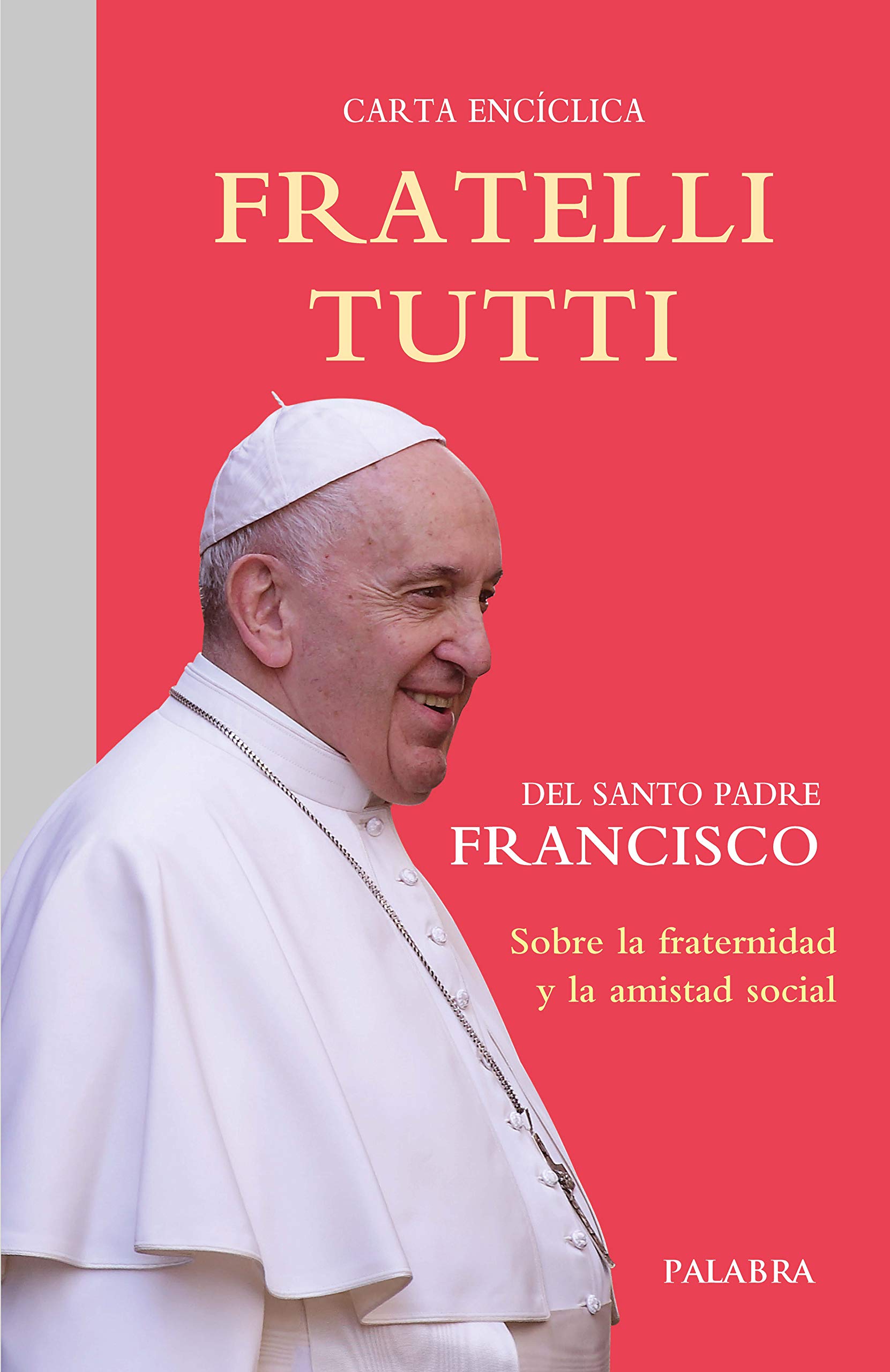Lesson 11: Preparing for the Pope’s Visit– The Bishop of Rome
With Pope Francis visiting the USA from September 23 through 27, it might be well to remember a bit of the history behind the papacy.
A good place to start is remembering the Church established an official clergy to check the abuse of those claiming God was speaking directly through them. Without denying the possibility of God using prophets, the church needed standards to make sure which were authentic. The primary criteria was correspondence with the apostles’ teachings that that went back to their personal experience of Jesus’ ministry. The Church turned primarily to authorized scriptures and recognized clergy to determine what these were.
Although the clergy was loosely organized in the beginning, it was not long before job descriptions took form. The Bible includes a couple. The Church also began to use common titles, one being bishop.
As the church grew, the bishops of metropolitan areas assumed greater authority. Around the middle of 3rd century the Patriarch of Alexander was addressed as Pope, an endearing name for father. Soon other bishops used the title. It was not until the 11th century that it was officially reserved in the Western Church for the Bishop of Rome.
For various reasons, the Bishop of Rome assumed special place. In the first century, Clement, the Bishop of Rome, intimated he served as an arbitrator when controversies arose. Even now the title Pontifex means “bridge builder.”
This special role has been interpreted in various ways throughout church history. Often the pope was described as the first among equals. At other times, he assumed the powers of a supreme monarch.
The supremacy reached a peak in 1870 when Pius IX called the First Vatican Council to pretty much declare himself the final authority. We associate this with papal infallibility, a doctrine which states the Pope cannot err when he speaks ex cathedra on faith and morals. However, scholars can agree on only one time this has been utilized since that doctrine was proclaimed. That was in 1950 when Pius XII declared the assumption of Mary. Even more important was declaring it a heresy to deny that the authority of the papacy was based on an unbroken line of succession that went back to Jesus giving St. Peter the keys to the heaven.
Many felt there was now no need for another ecumenical council. The Pope seemed to have the authority to settle any matter. However, to everyone’s surprise, John XIII called Vatican II, obviously to restore some balance of power. While Vatican II was still in session, conservatives began a reaction that minimized its reforms. Now Francis has reversed that development when, on his election, he immediately began speaking of himself as the Bishop of Rome. Many of his actions since have indicated he regards Rome his primary parish. In additon, he speaks and acts like a servant rather than a monarch. His intention is clearly is to present himself as first among equals.


 Frontline Study is an online discussion of the scriptures, inviting you to share your comments and your reflections on each weekly topic. Simply click on the "Add Reply" text at the top of each post to see what others have posted and to add your thoughts.
Frontline Study is an online discussion of the scriptures, inviting you to share your comments and your reflections on each weekly topic. Simply click on the "Add Reply" text at the top of each post to see what others have posted and to add your thoughts.
Recent Comments